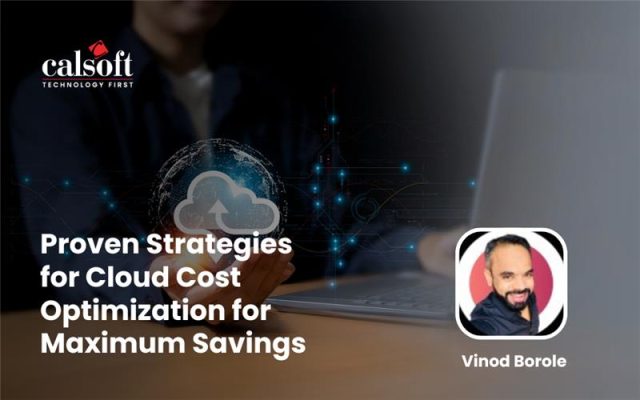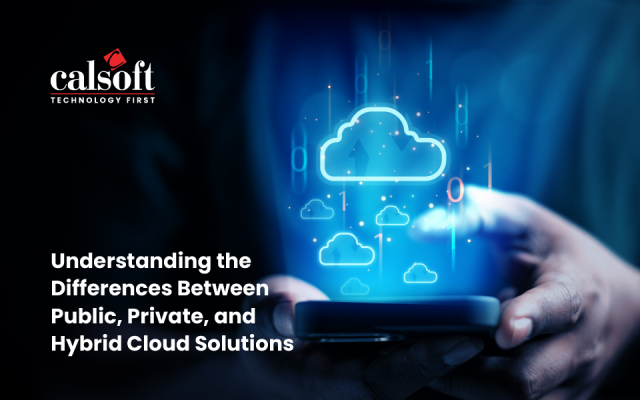Welcome to our fifth mini-blog. Let’s take a look at how virtual events and conferences have gained importance during the pandemic.
The events and conference industry has been impacted big time and many event and conference organizers, especially technology event organizers, are either postponing their events or hosting them on virtual mode. At this point of time, most of these events are hosted using basic video conferencing solutions like WebEx or Zoom. We feel that there is a need for an end-to-end solution for planning, hosting, and managing these virtual conferences. Though these virtual conferences lack the personal touch and the networking opportunities between different stakeholders, this model also opens up new and unique opportunities for marketers.
For example, in a physical conference with multiple parallel tracks, analytics are hard to come by. It is very tough for organizers to know who attended which track, how long someone attended and how actively they participated. But if such a conference is hosted in the digital mode, organizers can track the participation details of each and every participant. This information can be mined for personalized and targeted offerings, content improvement, and theme planning. We expect either the video conferencing tool leaders to enhance their solutions or new start-ups to come out with end-to-end virtual conference management solutions.
The other benefit of virtual events is the financial one. Such events can be highly profitable because they eliminate the need for renting of venues, seeking insurance or other government permissions, and ancillary services like catering and staffing.
However, the success of virtual conferences in a COVID-19 era depends on a lot of factors: the vendor you choose, the user experience you offer, and the content you provide. For enterprises looking to shift their energy from “real” to virtual conferences, it has become important to think of the themes that would really interest people during the lockdown and make sure to offer an experience that is differentiated and flawless.






